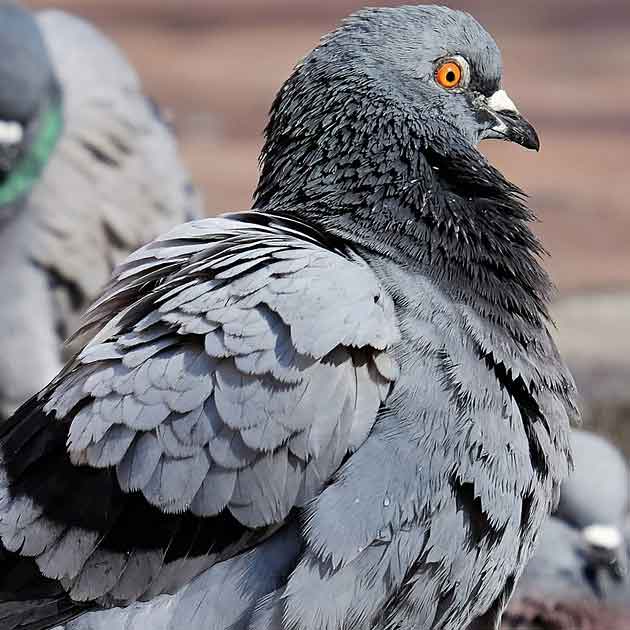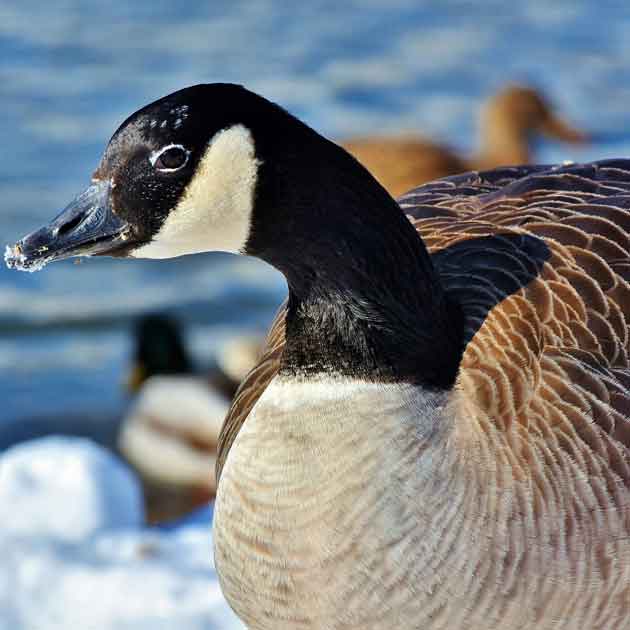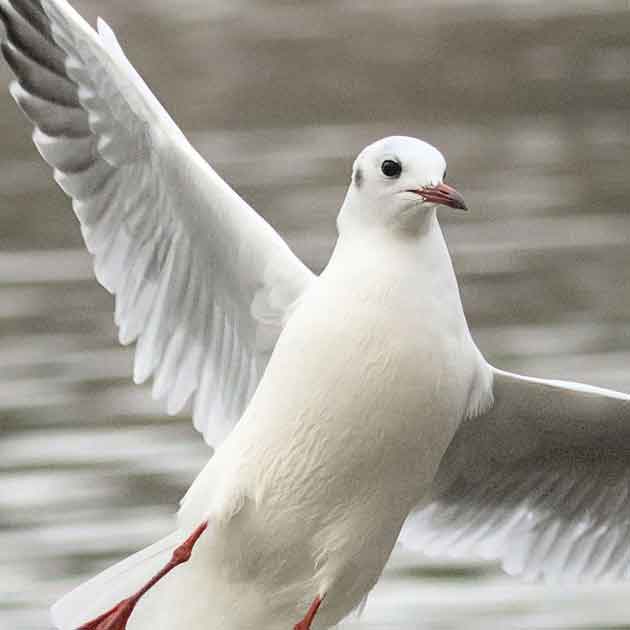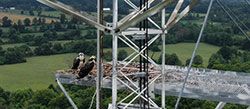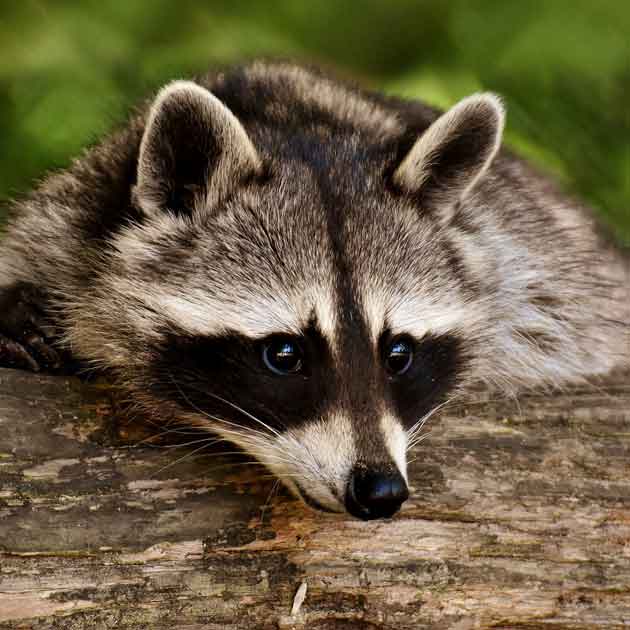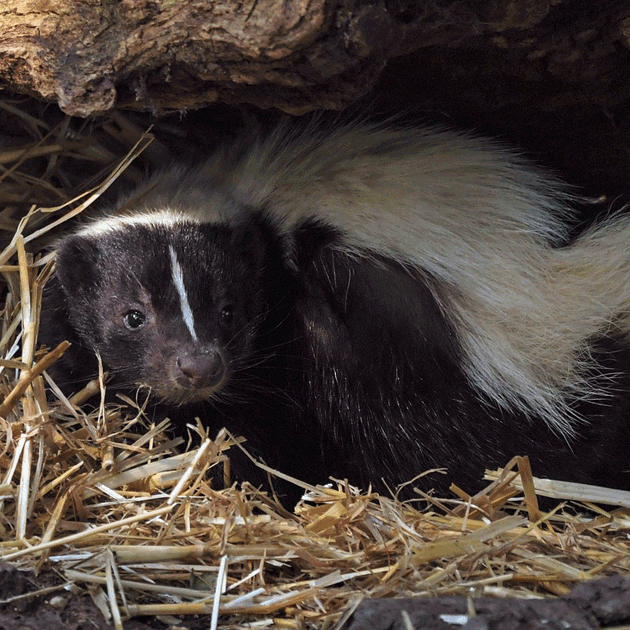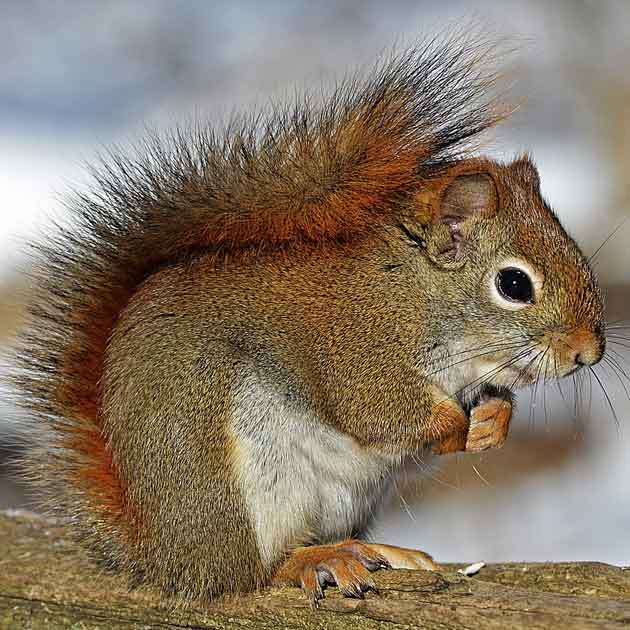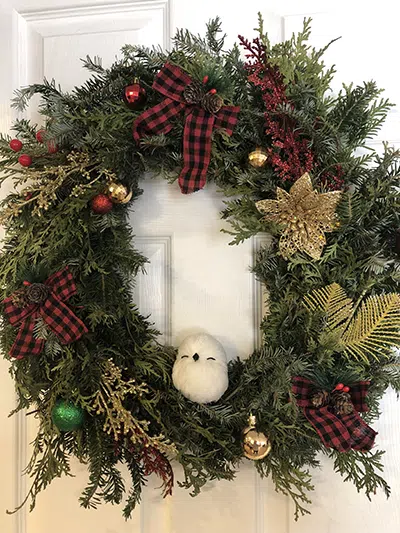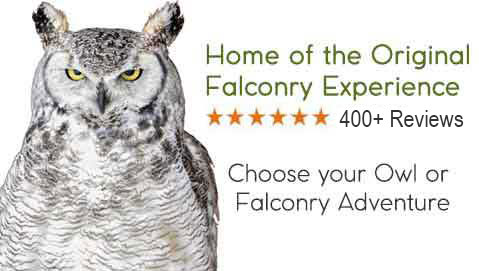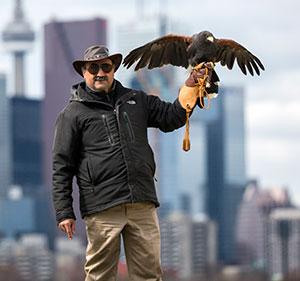The sight of Canada Geese in public parks, on golf courses or even in your own backyard is a common one and most of us don't really give it a second thought. And, for the most part, encounters are peaceful and amicable.
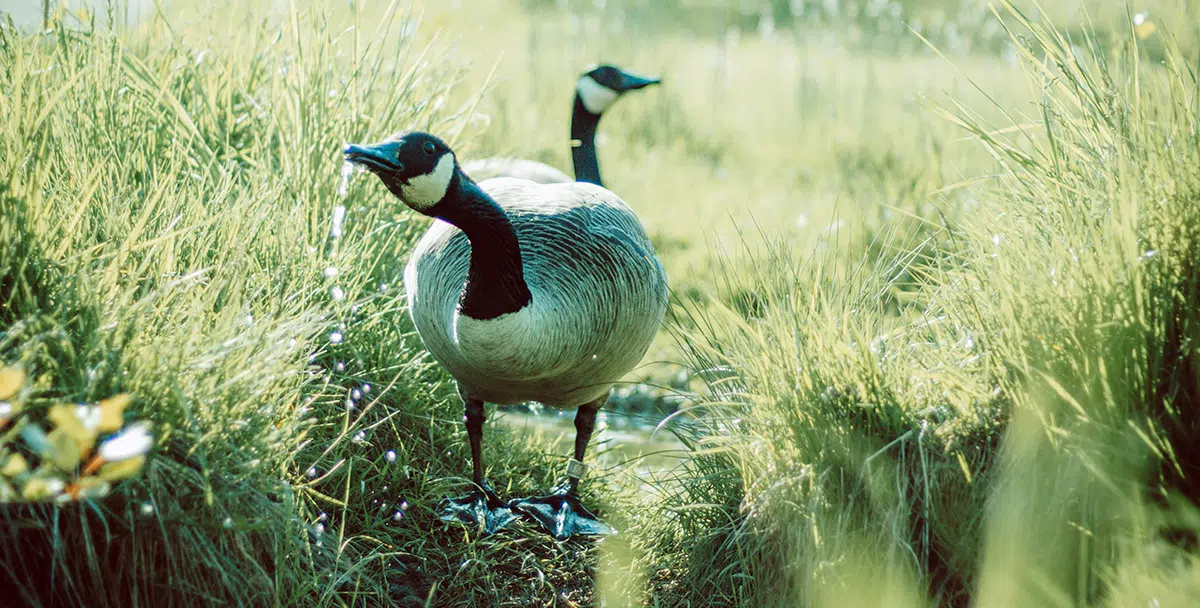
However, geese are extremely territorial and fiercely protect their nests. If one should inadvertently stroll too close, there will be a confrontation. In this article, we'll look at the underlying behaviours, early signs of an imminent goose attack and how to get out of dodge in one piece.
Recognizing Early Signs of Potential Issues
If a goose (often a gander) perceives you as a threat and is willing to go on the offense, there are a few signs and stages. You'll want to observe closely and deescalate as quickly as possible.
Warnings
- Lowering of the head;
- The goose will stick its neck out forward ;
- Honking or hissing;
- Wing flapping;
- 'Head bopping' - movement of the head up and down
All of these signs are indicators of things escalating and that the next step will be an advance toward the target. Ideally, you've realized that something is amiss by the time you see the goose stick out its neck or hiss at the latest and can plan your retreat. If the aggression is directed at your pet you should ideally move your pet to stay behind you now. Your goal is to prevent a full on goose attack.
Managing Goose Encounters: Human Safety
Stay Calm and Avoid Sudden Moves
- At this stage, any sudden movement will likely be interpreted as aggression or a challenge;
- Do not turn your back and do not run - Geese have a chase instinct.
Maintain Awareness and Eye Contact (Without Aggression)
- It is of utmost importance that you are fully aware of the environment around you, the movements of the goose, your pet, and your own.
- Maintain eye contact and remain calm. Take some slow, deep breaths, if necessary.
Create Distance and Back Away Slowly
- By backing away slowly (while maintaining eye contact), you are signaling retreat and the goose will be more inclined to end the confrontation;
- Keep your movements slow, steady, and controlled.
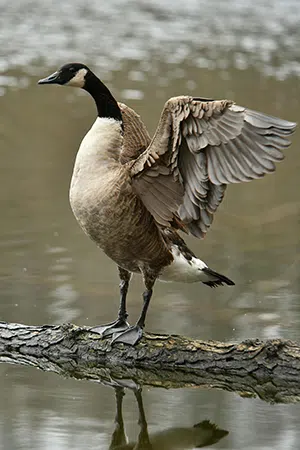 Common Misconceptions
Common Misconceptions
Contrary to wildlife encounters with other animals (coyotes, for example), geese do not respond well to scare tactics and will perceive such as aggression coming from you:
- Do not yell at the bird;
- Do not wave your arms to make yourself look bigger;
- Do not throw anything at the goose or in its general direction.
If a Confrontation Cannot be Avoided
If your measures to deescalate yield no success or you recognized the danger too late and an attack is imminent, here's how to handle a goose attack and minimize the damage or injury:
Use Physical Barriers
- Any hand bag, backpack, or umbrella can potentially be used as a shield;
- If you can, position any barrier so that the goose connects with the barrier instead of you;
- If that is not an option, use the barrier to protect your head and face.
Remain Silent and Unconfrontational
- Again, contrary to other animals in encounters, geese will not be intimidated by yelling or screaming and become more aggressive;
- There is a gesture that may distract geese: Pretend you are singing "I'm a little tea pot" and make your 'spout' hand look like a goose head by putting your fingers and thumb together. Geese have been seen to focus on the hand and its shape and be more willing to let the confrontation go.
Protecting Your Pets During Goose Encounters
While you may be able to respectfully withdraw from an emerging confrontation, your dog may find this a lot harder. But there are a few things you can do to help him or her.
Staying in Control of Your Pet
- When approaching an area with geese, make sure your dog is on a lead and that you have control of it;
- Practice recall with your dog. If your dog does should get away from you, it is imperative that you have good recall.
Maintain a Safe Distance
- If your dog is easily excited or distracted, perhaps keep a safe distance from Canada Geese;
- Observe your dog's body language; leave if your dog shows signs of stress or can no longer follow commands.
Recognize Pet Stress Signs
You know your pet. You will recognize excitement, hesitation, tail tucking, crouching, whining or barking when your dog is feeling stressed.
Post Encounter Pet Check
If your dog did get into a tussle with a Canada goose, make sure you check your pet for injuries. Canada geese are large birds with strong bills and wings. In fact, the tips of their wings have calloused tips that can seriously hurt you or your pet.
How to Prevent Future Goose Encounters
First and foremost: DO NOT FEED THE GEESE! Never mind health concerns for the geese, by doing so you will embolden the birds to lose any fear of people and aggressively go after human food.
- Avoid areas with geese during nesting season;
- Keep trash and other food sources secured;
- Consider professional goose control to get rid of geese in your area safely;
- Get rid of goose nests on your property with humane and legal removal methods.
When to Call a Goose Removal Expert
- If aggressive geese frequently attack in your area;
- If you find a goose nest too close to your home or business.
- If geese are damaging your property or creating safety hazards.
- Professional goose removal in your area ensures safe and legal relocation.
Contact Hawkeye Bird & Animal Control
Whenever possible, keep your distance from geese, especially if you suspect they are nesting. If you do find yourself face to face with an enraged goose, try to deescalate and respectfully back away. If that doesn't work, protect yourself as best as you can and cover your face and head.
And if you're dealing with a flock of geese in a high traffic area, it is wise to contact a Geese Control Professional and consider humane removal of the geese, nests, and/or eggs from your property. Geese control can involve many methods including falconry, hazing, lasers, ROVs, pyrotechnics, and more. While we all want to be respectful of our local wildlife, we also want to ensure the safety of all involved.
Get in touch with Hawkeye Bird & Animal Control to discuss a geese management plan or just visit www.hawkeye.ca to learn more about Canada Geese.


